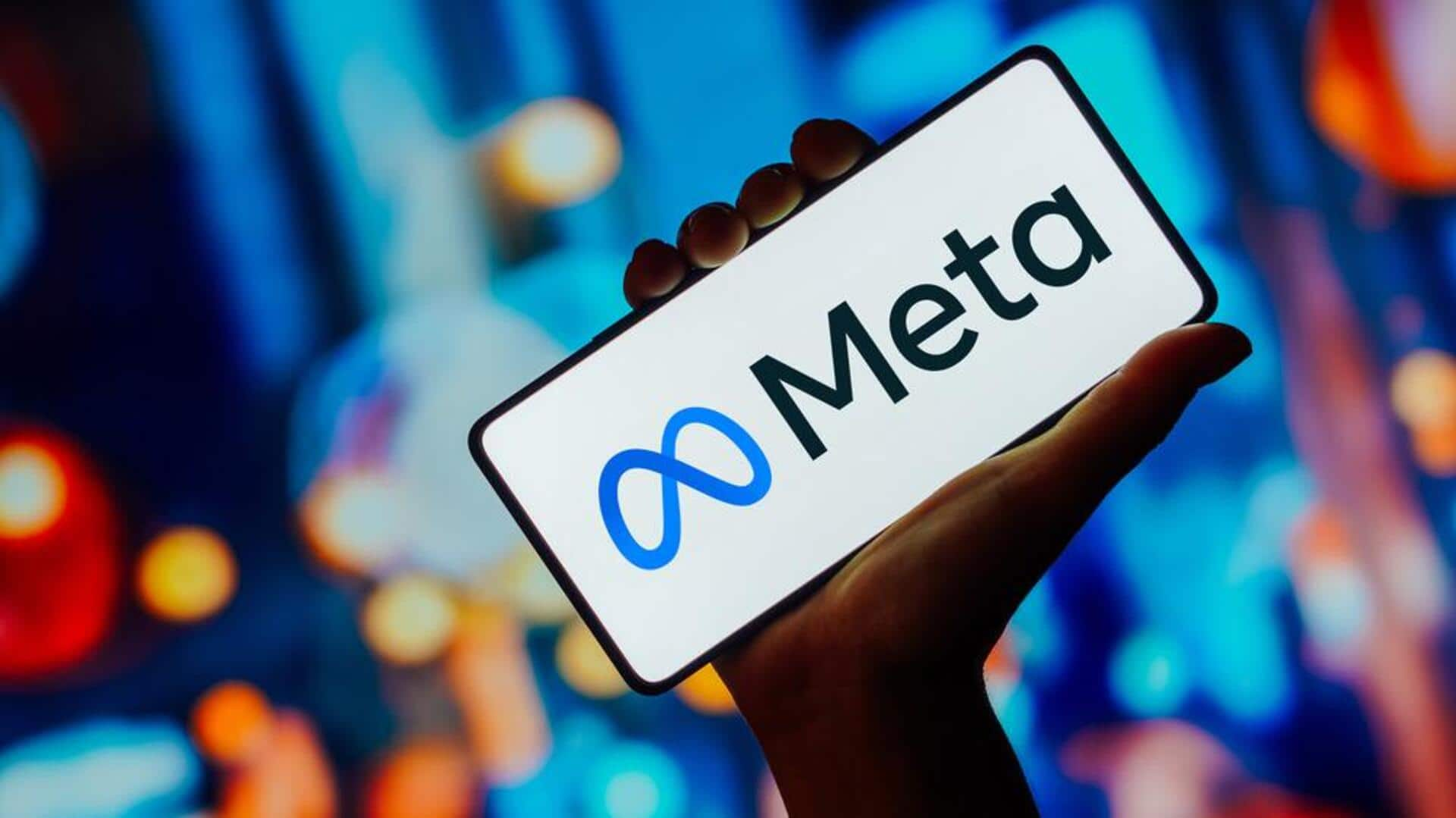
Real-time object tracking: Meta's new AI model revolutionizes video editing
What's the story
Meta has unveiled an advanced artificial intelligence (AI) model, the Segment Anything Model 2 (SAM 2). This innovative technology is capable of labeling and tracking each object in a video as it moves. The development of SAM 2 marks a significant step forward in real-time segmentation, demonstrating AI's potential to process moving images and distinguish between elements on screen.
Technological leap
SAM 2: An evolution in video analysis
SAM 2 is an evolution of its predecessor, SAM, which was primarily designed for image analysis. The term "segmentation" refers to how software identifies which pixels in an image correspond to specific objects. This feature simplifies the processing or editing of complex images and was a groundbreaking feature of Meta's original SAM model. The new SAM 2 model enhances video capacity, marking a significant technological leap in this field.
Training showcase
SAM 2's training and potential applications
To demonstrate the capabilities of SAM 2, Meta has released a database of 50,000 videos used to train the model. This is in addition to the 100,000 other videos previously mentioned. The company suggests that SAM 2 could revolutionize video editing by allowing editors to isolate and manipulate objects within a scene more easily than current software allows.
Future implications
SAM 2's role in interactive video and autonomous vehicles
Meta also envisions SAM 2 transforming interactive video by enabling users to select and manipulate objects within live videos or virtual spaces. Additionally, SAM 2 could play a crucial role in developing and training computer vision systems for autonomous vehicles. The capabilities of this advanced AI model could speed up the annotation process of visual data, providing high-quality training data for AI systems.
Industry influence
SAM 2's impact on AI integration in video creation
While AI video models like OpenAI's Sora, Runway, and Google Veo have gained attention for generating videos from text prompts, the editing capabilities offered by SAM 2 could play a larger role in integrating AI into video creation. Other tech giants are also exploring similar technologies. Google's recent research has resulted in video summarization and object recognition features currently being tested on YouTube.